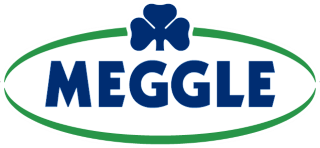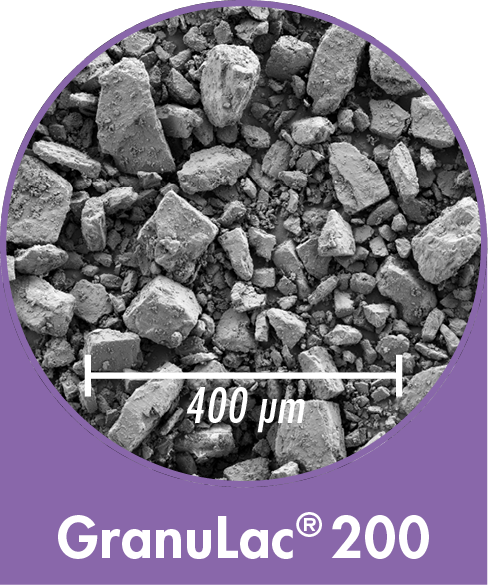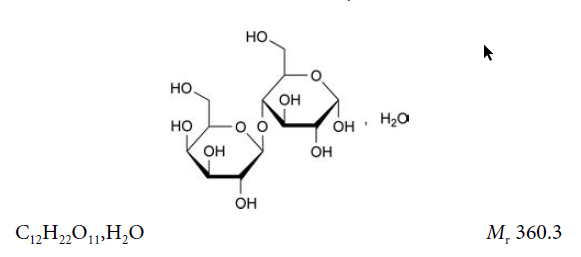By MEGGLE Excipients
MEGGLE lactose monohydrate excipient properties
High functionality pharmaceutical excipients play an increasingly prominent role in modern dosage formulations. Choice of precisely targeted excipients allows manufacturers to overcome API deficiencies such as poor solubility, bioavailability or functional performance.
MEGGLE has unrivalled expertise in processing lactose for the pharmaceutical industry, using crystallization, spray drying, sieving, milling and micronization to produce a very wide range of lactose monohydrate powder grades that support the whole range of pharmaceutical applications, including wet and dry granulation, direct compression tableting, capsule or sachet filling and dry powder inhalation.
Application & processing of pharmaceutical lactose
Lactose, also called ‘milk sugar; occurs naturally as a simple carbohydrate in mammalian milk, being the disaccharide of simple sugars. Chemically, lactose is composed of molecules of D-galactose and D-glucose. It can exist in either alpha and beta isomeric forms (α-lactose or β-lactose).
Pharmaceutical lactose is obtained from cow milk, where it makes up between 2% and 8% of milk by weight. The chemical and physical stability of crystalline lactose monohydrate powder makes it highly suitable for oral pharmaceutical applications, with versatile properties for binding or filling, compressibility and global availability.
Pharmaceutical lactose is defined by premium regulatory (Ph. Eur., JP, USP NF, CP, IP-monographed) and quality standards (IPEG-GMP, EXCiPACT, ISO-certified), exemplarily expressed by its high chemical purity, low impurity profile including heavy metals, and safe microbiology.
Functions of lactose
Principal lactose uses are as excipients (filler or filler-binder) in production of pharmaceutical tablets and capsules. They are also useful as diluents in dry-powder inhalation (DPI) formulations and in baby feed formulas or freeze-dried products.
Pharmaceutical lactose plays an important role as binder, carrier and filler and can be used in a wide field of industrial applications like traditional wet and dry granulation (roller compaction), direct compression (DC), spheronization, manufacturing of parenterals or dry powder inhalation (DPI).
Various lactose grades with ranges of defined physical attributes are important for handling crystallinity, density, particle morphology and particle size distribution (PSD).
However, the main targets for lactose monohydrates are still “classical” oral solid dosage forms like capsules or tablets for prescription, OTC medication, or nutritional uses.
Lactose occurs in different forms, with crystalline, thermodynamically most stable alpha-lactose monohydrate (“tomahawk-shaped” crystals) and anhydrous beta-lactose (“kite-like” crystals) as the most frequently used polymorphs.
Additionally, amorphous lactose, a mixture of α-, and ß-anomer, has been revealed as advantageous in introducing plasticity into spray-dried and other lactose grades.
While theoretically equivalent in basic chemistry, various lactose grades show distinct differences in their physical performance.
Lactose multifunctionality
This precise targeting is not exclusively limited to pure lactose products. MEGGLE’s expertise in co-processing also allows for tailored co-processed products that blend lactose with other substances, such as cellulose, mircorystalline cellulose, HPMC, Manitol or Starch.
Lactose monohydrate may also present itself as a multifunctional partner together with other excipients in the nature of co-processed excipients (CPEs), which are perceived as a new subclass of materials comprising a physical combination of two or more compendial, or non-compendial components with varying compositions.
Co-processing is not achieved by simple physical mixing but rather by specific, “high energy inputs”, with functional properties modifying by sophisticated manufacturing processes such as spray-drying, high-shear dispersion, or melt-extrusion.
Tailored lactose-based excipients
MEGGLE’s lactose-based excipients are available under a wide range of trade names and particle size distribution patterns, including: GranuLac® 70, GranuLac® 80 GranuLac® 140, GranuLac® 200, GranuLac® 230, SorboLac® 400, Tablettose® 70, Tablettose® 80, Tablettose® 100, FlowLac® 90, FlowLac® 100, DuraLac® H, MicroceLac® 100, Cellactose® 80, StarLac®, RetaLac®, Reta M®, CombiLac®, PrismaLac® 40, CapsuLac® 60, SacheLac® 80, SpheroLac® 100, InhaLac® 70, InhaLac® 120, InhaLac® 140, InhaLac® 150, InhaLac® 160, InhaLac® 230, InhaLac® 251,InhaLac® 300, InhaLac® 400, InhaLac® 500.
Although MEGGLE has readily available a wide range of products which fit the needs of the majority of customers, it can also provide tailor made products, which are developed in close co-operation with customers. MEGGLE is fully equipped with the most sophisticated technologies for sieving, milling, agglomeration, and spray-drying, allowing remarkably high degrees of customization to be achieved.
Resources
Click on MEGGLE lactose product configurator for detailed product information and applications.



















